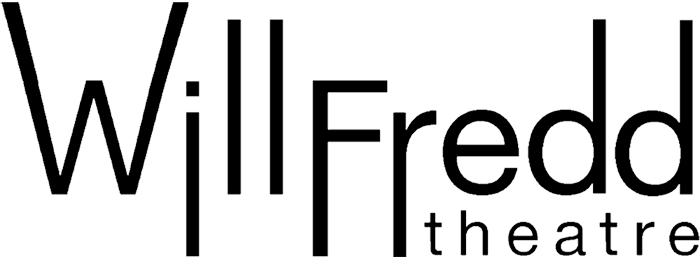Insight Magazine, Irish Times
‘Following Many Roads’
Caomhán Kane, February 2013
Most actors can relate to that awkward feeling one gets when their parents come to watch them perform. But for Shane O Reilly, the Child of Deaf Adults(CODA), it was only after he conceived his one man show Follow, that his own parents got to appreciate the true depth of his art. A series of vignettes inspired by incidents from O’Reilly’s own life- and others shared by members of Dublin’s Deaf Community, the show contains a brand new style that aims to communicate stories to both a deaf and hearing audience at the same time.
“It provides direct access to theatre for deaf people, genuinely integrating them into the world in a way that doesn’t say, ‘you’re different’ “O’Reilly says. “Usually deaf audiences gain access through an interpreter, who is to the left of the stage, so they miss a lot of what an artist is trying to convey. A script is related to them and every so often they can reference an image by looking at the main action.”
In Follow light, sound, sign language and performance are mixed together so that the play is experienced by the whole of the audience at the same time. It allows a hearing audience to experience what it is like for the deaf to watch a show through light and vibration (there are speakers beneath the seats) and allows a deaf audience to view a show that has been curated for them from the beginning of the development process, not just as an afterthought.
“It stemmed from myself, lighting designer Sarah Jane Sheils and musician Jack Cawley looking for different ways to explore narrative,” says director Sophie Motley, who formed Wilfredd Theatre with Sheils in 2010. “Using what you already have- light and sound, to create a narrative that doesn’t just support text.” When she worked with O’Reilly on a separate project during this time he reminded her how exciting it would be to explore Irish Sign Language(ISL), and she co-opted him into the process.
“We explore things that are culturally specific to that community,” O’Reilly says, “situations that while directly relating to one person, have very much a universal tone. An awful lot of deaf people would relate to the frustration of being misunderstood or the isolation of finding yourself in the place where you are the last person to receive information that is very important to you. That’s the theme that runs through the whole show.”
They researched all aspects of deaf life in Ireland-from Oralism to getting a guided tour of St Joseph’s School for the Deaf from some former pupils. “Sophie was also keen to explore the little d,” O Reilly says. “In deaf culture deaf people would write deaf with a capital D to indicate it as a culture, not a disability. Little d is recognition of those who don’t feel they belong to that culture. People who lost their hearing or who don’t have sign language.”
Before they started they spent three weeks sitting in the rehearsal room creating the toys they needed to tell the tale. “We needed to figure out how to transduce light and sound so that we could make Shane’s signs clearer, rather than his voice louder, so that you could actually see the words.”
“When we were making this show Jack was just determined to make a sound design that deaf people had access to,” says O Reilly. “So through workshops with the deaf we developed our knowledge of vibration and their access to base through breathing and visual sound. It’s about taking access and immersing it into the style so you don’t see the access part any more, you just see the art.”
They constantly harvested response from deaf people. Hand’s On presenter Sarah Jane Maoloney, was regularly in the rehearsal room- watching the work develop and advising in terms of authenticity. “After our first run she remarked that some of the signs I was using were feminine when it was a masculine character in a boys schools telling the story.”
They also consulted people who caption shows for theatre to insure that their imagery and ISL was pure enough they didn’t need additional captioning. “In life there are moments when you can immediately read a person purely by the state of their face, “Shane says. “You can make out who the mother is at the funeral of a man who has died, you can see whose birthday it is when the cake comes out. Human emotion is triggered to the point of an extreme, the mask our face alone creates need no further interpretation. We have a number of moments like that in this show, where the captioning unit pulls out or I don’t speak very clearly. But then Sophie also has me pull it back to an almost vacant or empty mask so that people have to go to the hands or go to the speech.”
Speaking to deaf audiences after the show O’Reilly says that they compared seeing Follow to watching TV in Blue-Ray for the first time. “Having a show made for them that also pushes the traditional structure of story telling and of traditional theatre. As artists we wanted to explore our own intention and our own style. To have people discussing aspects of the work, not the interpreter’s, is, for us, a success.”
